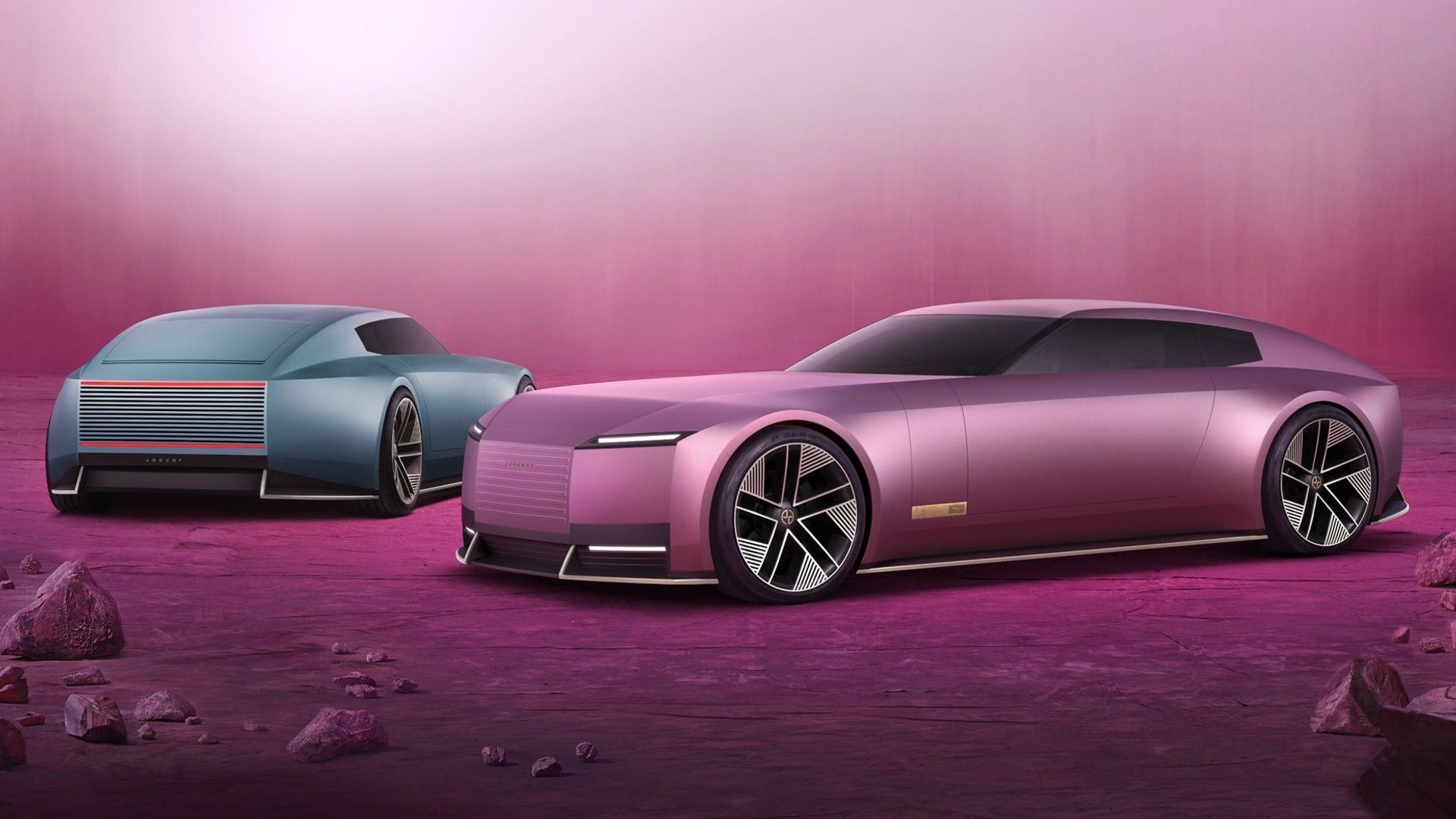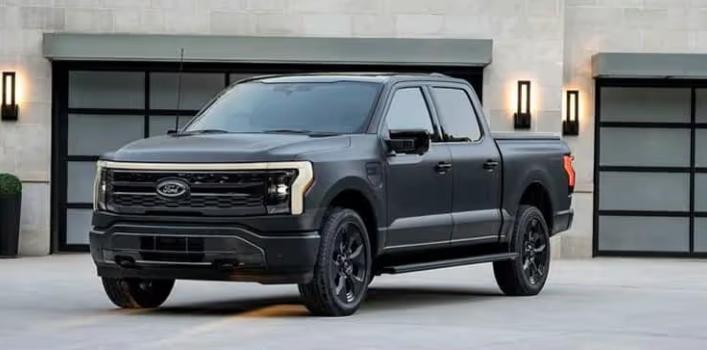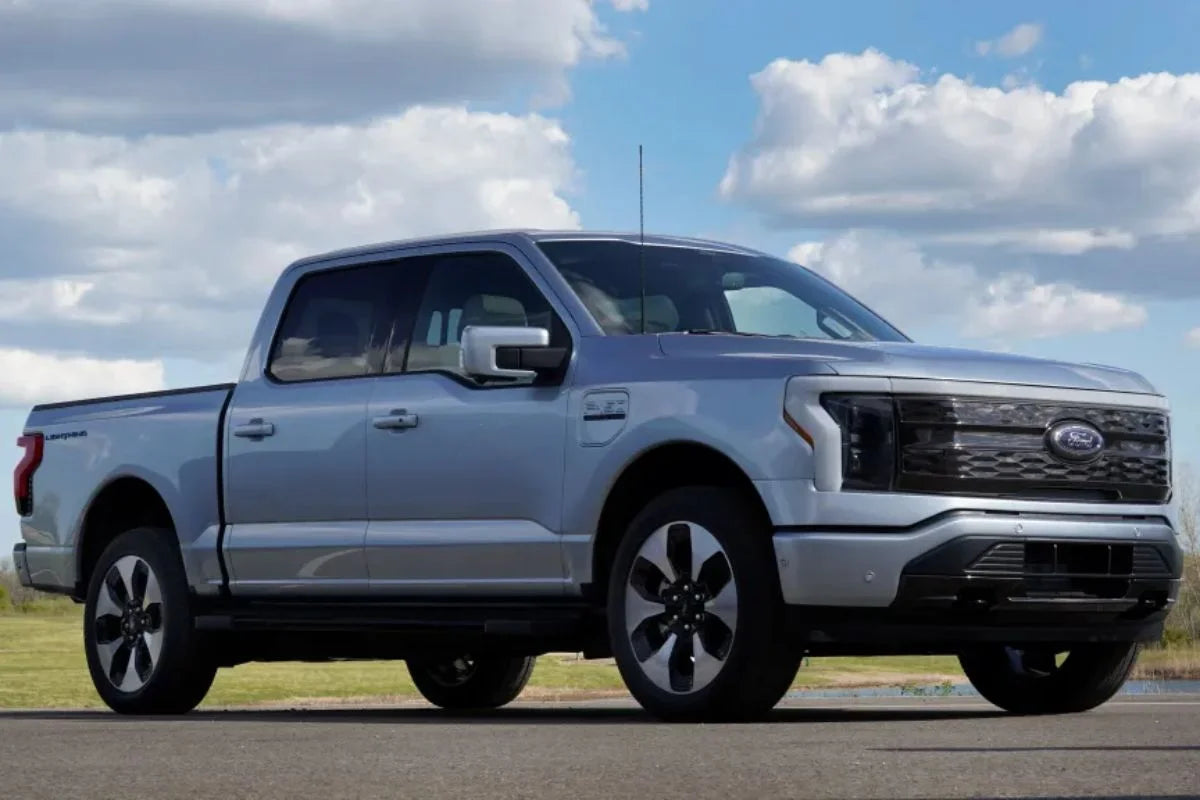Avis
Dans une démarche qui pourrait marquer le déclin de l'une des voitures les plus appréciées des conducteurs au monde, Mazda a déposé un nouveau brevet américain qui semble indiquer le développement d'une voiture de sport électrique biplace aux proportions emblématiques de la MX-5. Si cela se confirme, cela pourrait marquer le début de la fin de l'emblématique Mazda MX-5 Miata telle que nous la connaissons.
Le brevet, daté du 5 novembre 2024, a été découvert sur le site web de l'Office des brevets et des marques des États-Unis par CarsGuide . Bien que le document ne mentionne jamais explicitement « MX-5 » ou « Miata », les schémas et l'agencement ne laissent planer aucun doute : il s'agit d'une voiture de sport compacte à deux portes , conçue autour d'une configuration centrée sur le conducteur et optimisée pour un comportement routier équilibré. Autrement dit, il s'agit très probablement d'une MX-5 électrique.
Attendez, la prochaine MX-5 n’était-elle pas censée rester à essence ?
C'est ce qu'on nous a dit. Il y a quelques semaines à peine, Ryuichi Umeshita, directeur technique de Mazda, a assuré à Road & Track que la prochaine MX-5 de cinquième génération , connue en interne sous le nom de NE , resterait une voiture de sport à essence .
Umeshita a annoncé que le véhicule serait propulsé par un moteur Skyactiv Z quatre cylindres de 2,5 litres, conçu pour respecter les réglementations américaines et européennes en matière d'émissions. Plus important encore, il a promis aux puristes une transmission manuelle , non pas par nostalgie, mais comme un élément clé pour offrir l'expérience Jinba Ittai, cette harmonie entre la voiture et son conducteur que la MX-5 prône depuis longtemps.
« La transmission manuelle procure une sensation directe, le sentiment d'être à la Jinba Ittai », explique Umeshita. « C'est un élément clé de l'ensemble, du moins pour la MX-5. »
Alors, Mazda a-t-elle changé d’avis ?
C'est la question à un million de dollars. Le brevet décrit une configuration de batterie conçue pour préserver l'équilibre et l'agilité du véhicule , le genre de chose dont on ne se préoccupe que sur une voiture où la maniabilité est primordiale , comme la MX-5.
Si vous espérez encore qu'il s'agisse d'un modèle totalement différent, vous n'êtes pas seul. Il est possible que les schémas soient liés à la Mazda Iconic SP , un concept dévoilé en 2023 comme une potentielle voiture de sport hybride à moteur rotatif.
Mais les similitudes de taille et de proportions sont impossibles à ignorer.
Le problème avec une MX-5 électrique
Soyons clairs : électrifier la MX-5 ne serait pas seulement un changement technologique, ce serait une trahison philosophique . La MX-5 n'est pas une voiture conçue pour la puissance pure ou l'accélération brute. Elle est synonyme d'engagement, de pureté et de joie . Elle est synonyme de la pédale d'embrayage, du cliquetis de la boîte de vitesses, de l'équilibre des roues arrière motrices.
Les voitures électriques surpassent les voitures à essence sur presque tous les plans, sauf la sensation . Ce lien indéfinissable entre l'homme et la machine est difficile à intégrer dans un système dominé par le couple instantané et le freinage régénératif.
Retirer le moteur à combustion interne de la MX-5 serait comme retirer le croquant de Barbecue Shapes. L'apparence serait peut-être la même, mais le goût serait différent.
Les véhicules électriques sont inévitables, mais devraient-ils commencer par la MX-5 ?
Mazda a été l'un des derniers grands constructeurs automobiles à adopter pleinement l'électrification. Il a misé sur la combustion, réintroduisant même les moteurs rotatifs sur ses plateformes hybrides. Alors pourquoi amorcer la transition électrique avec la MX-5 , de tous les modèles, porte-drapeau spirituel de la marque ?
L'analyse de rentabilité pourrait bientôt forcer la main à Mazda. Avec le durcissement des réglementations en matière d'émissions, il pourrait devenir impossible de commercialiser légalement une MX-5 à essence sur certains marchés. Une version électrique allégée pourrait être le seul moyen de préserver le nom, même s'il ne s'agit que de nom.
Il y a encore de l'espoir
Malgré ces perspectives pessimistes, tout n'est pas encore perdu. La MX-5 de génération NE, dont l'arrivée est prévue vers 2026 ou 2027 , devrait toujours être équipée du moteur essence 2,5 litres, potentiellement plus puissant que les 135 kW/205 Nm de l'actuelle ND. Elle pourrait bien être la meilleure MX-5 jamais construite – et, malheureusement, peut-être la dernière à essence.
Et si ce brevet a suscité l'inquiétude des passionnés, il pourrait bien concerner un projet de voiture de sport entièrement différent . Si Mazda envisage de lancer un nouveau modèle sportif électrique, distinct de l'héritage de la MX-5, la transition serait bien plus acceptable.
Les passionnés tiennent l'avenir entre leurs mains
Le véritable danger ne réside ni dans le brevet, ni même dans la transmission électrique, mais dans l'indifférence . La MX-5 a toujours connu des ventes modestes, soutenue par une clientèle fidèle mais de niche. Si cette clientèle s'affaiblit, Mazda pourrait avoir peu d'intérêt à maintenir le modèle en vie, quelle que soit sa forme.
Alors, le meilleur espoir ? Achetez la prochaine MX-5 . Célébrez-la. Partagez-la. Gardez l'esprit vivant, sur la route comme dans les conversations.
Réflexions finales
Les véhicules électriques ont leur place, et cette place pourrait même inclure un jour des voitures de sport amusantes et abordables. Mais la Mazda MX-5 d'aujourd'hui est plus qu'une voiture ; c'est une expérience. Une expérience qui commence par un coup de clé, un rétrogradage talon-pointe et une route de campagne sinueuse.
Espérons que cette expérience ne soit pas sur le point d’être débranchée.
Découvrez plus de blogs et d'actualités sur Mazda sur le site officiel d'EVDANCE.








Partager:
Tesla fait face à une augmentation des stocks de Cybertrucks dans un contexte de faible demande
Le gouverneur Phil Scott suspend les exigences de vente de véhicules électriques dans le Vermont